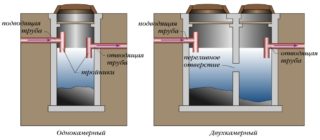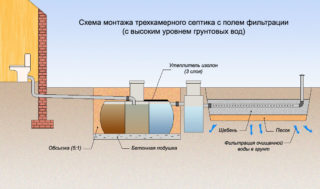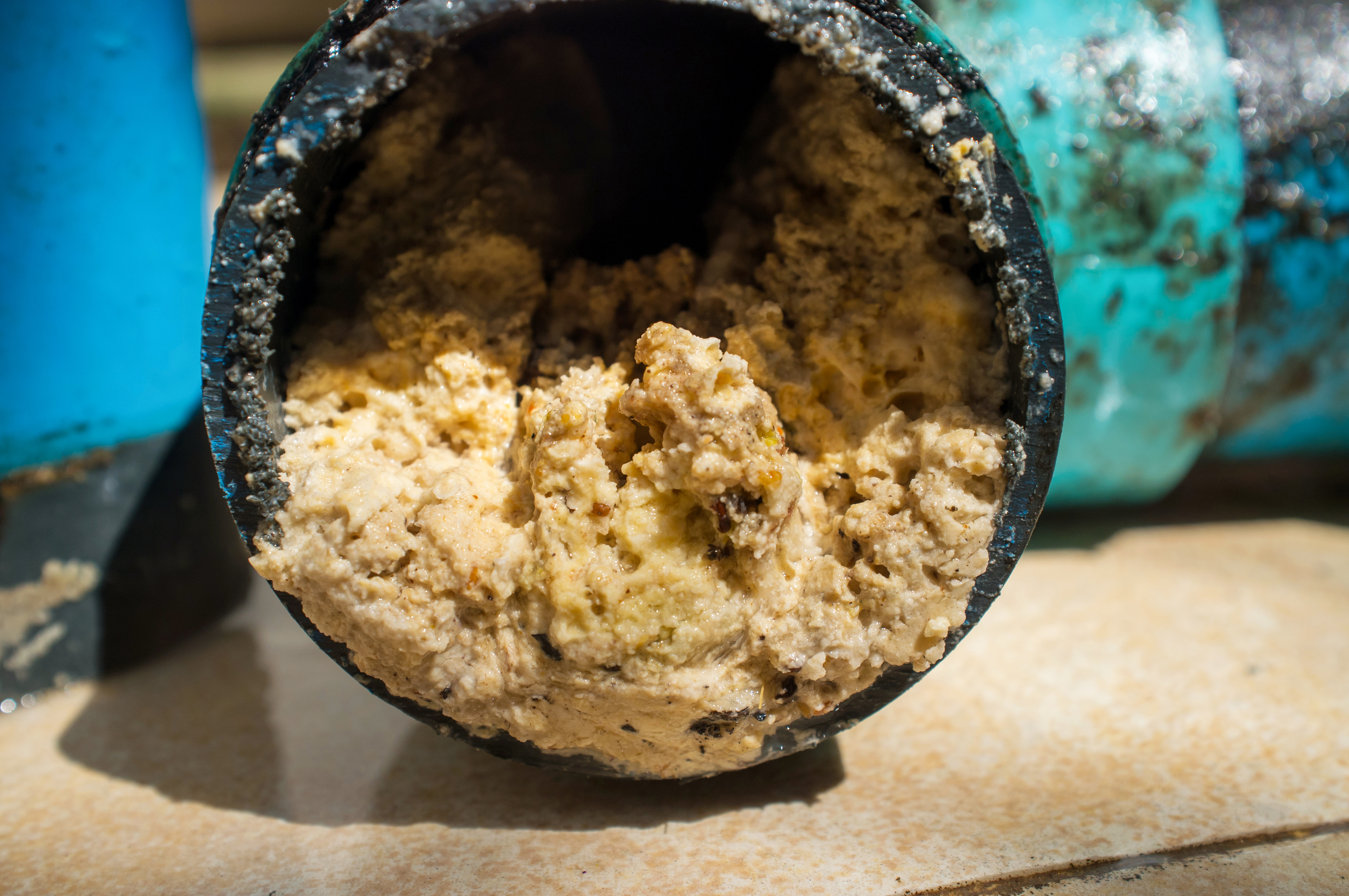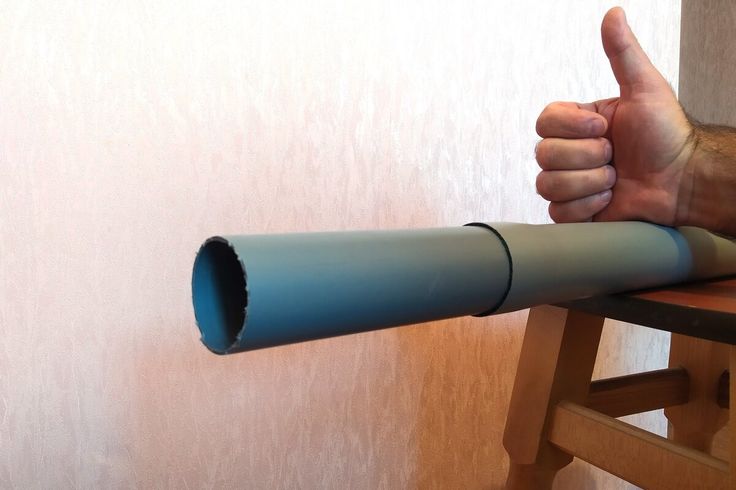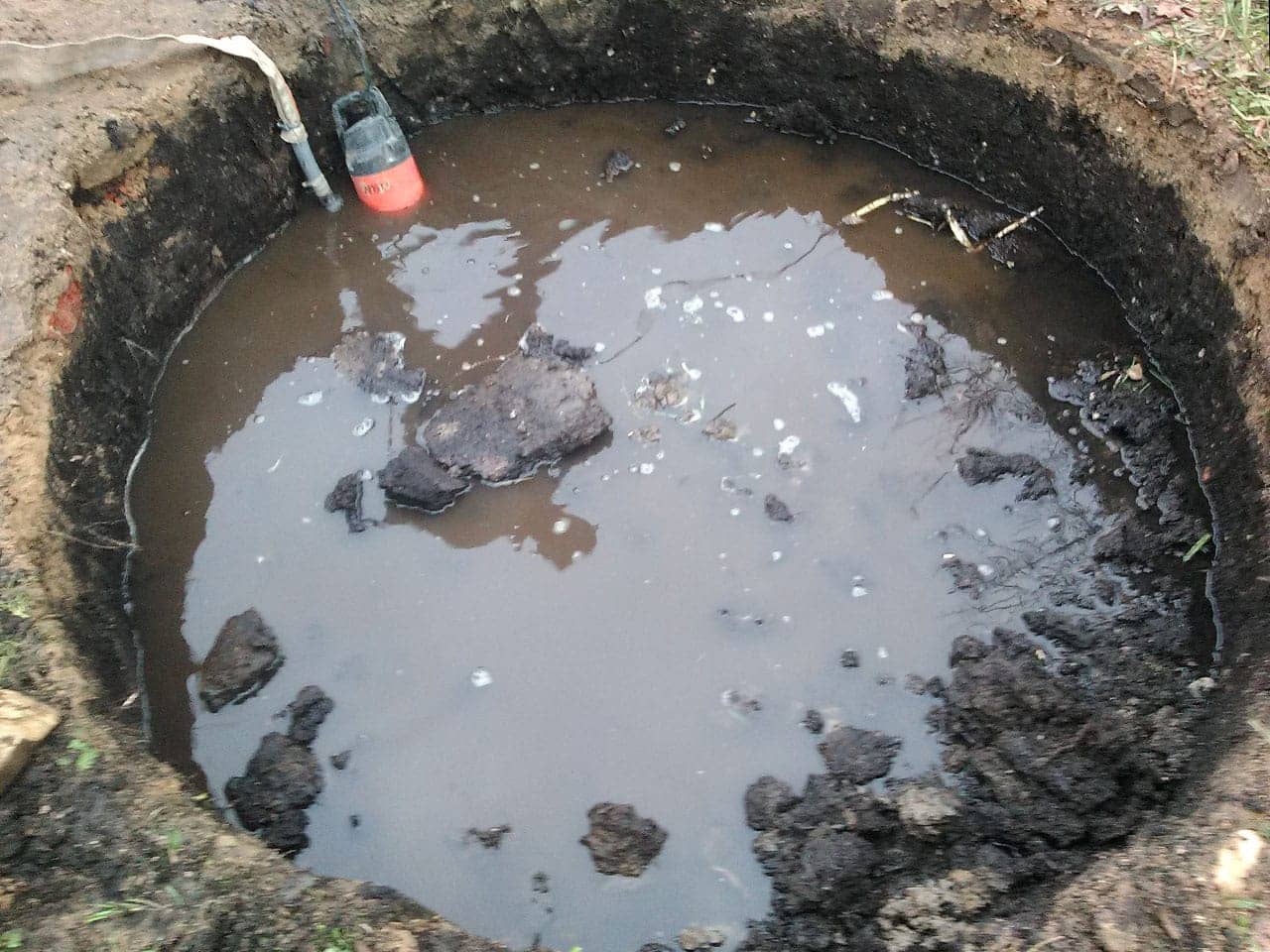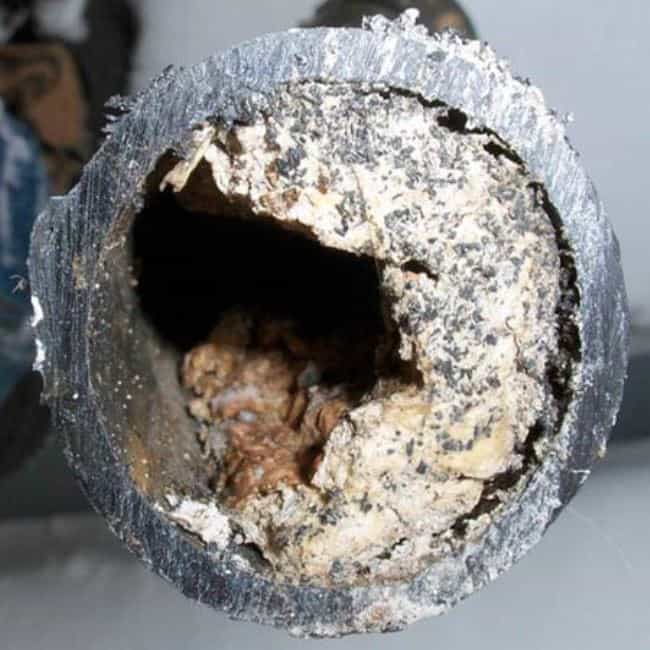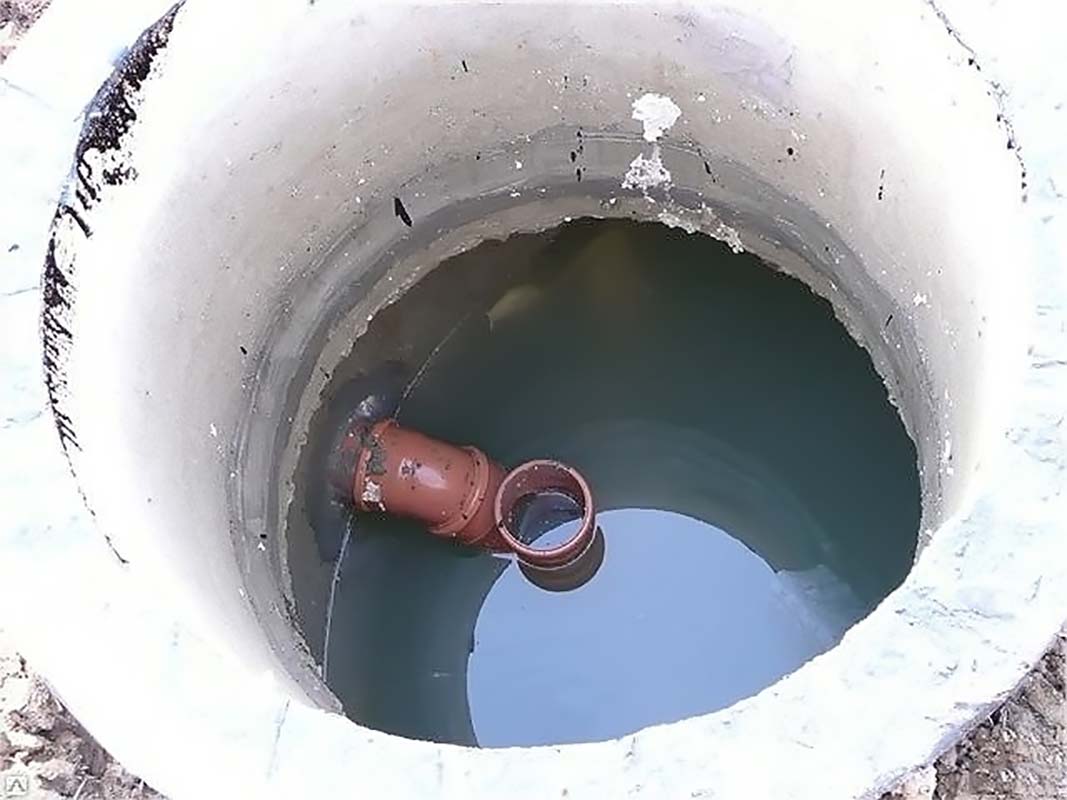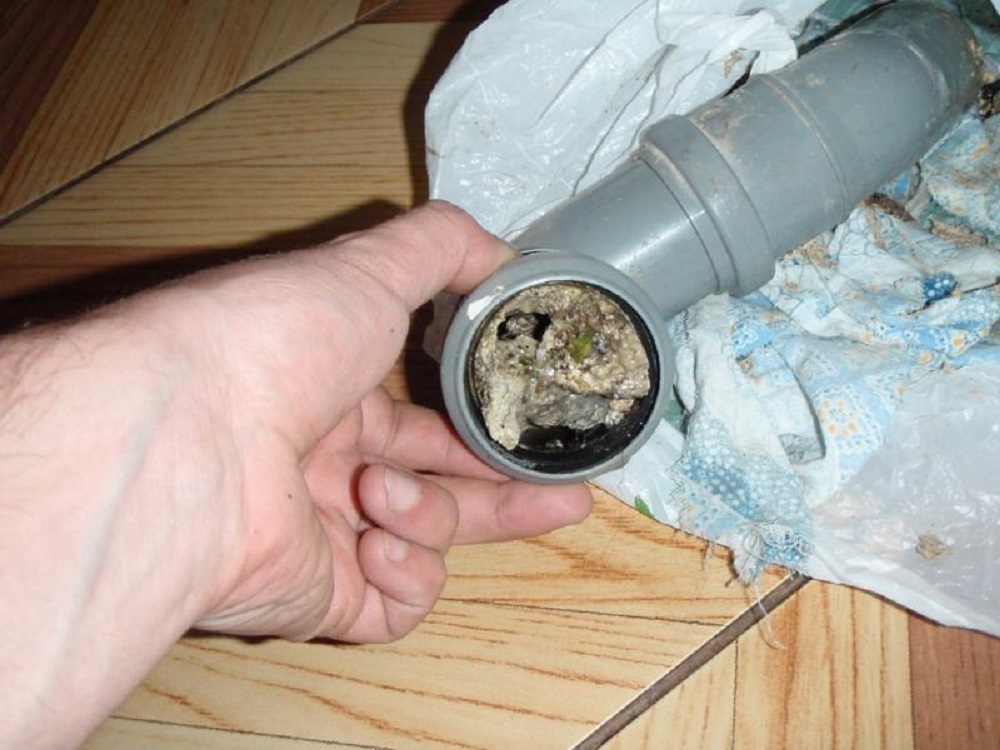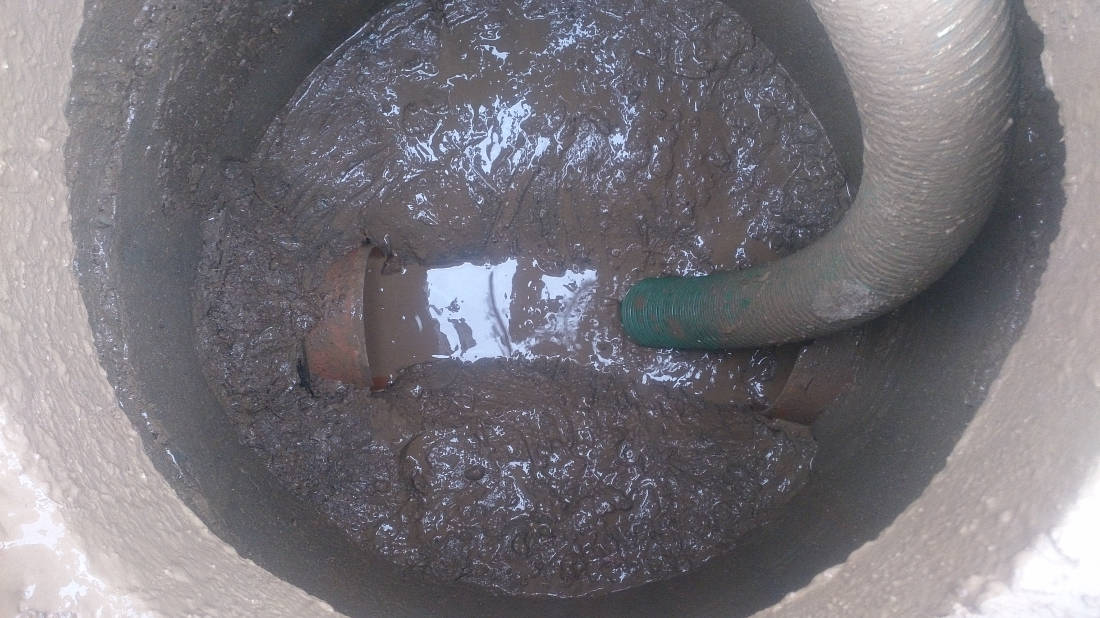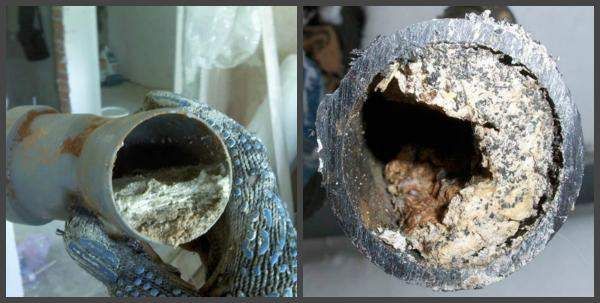The presence of autonomous communications is the key to a comfortable stay in a country house. In this case, they will have to be serviced independently. To spend a minimum of effort and money on cleaning the sewer pit, it is recommended to make a sewer system that does not require pumping out waste. In the circles of experienced craftsmen, it is called "septic tank". Such a sewage system without pumping and smell can do without a sewer from 2 to 5 years.
Varieties and principle of operation of structures without pumping
- Single chamber (biological). Standard cesspools powered by active bacteria.
- Two-chamber (mechanical). The design allows you to efficiently clean the drains without involving a sewer.
- Three-chamber (mechanical / combined). Septic tank for the highest quality wastewater treatment. The resulting liquid can be used for irrigation and industrial purposes.
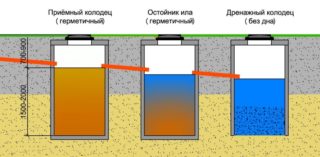
Sewerage operation without pumping proceeds according to the following principle:
- Waste from plumbing points in the house is sent to the first septic tank receiver. If it is single-chamber, bacteria are added that process organic matter. As a result, dry sludge and moderately purified water remain.
- If the septic tank is two-chamber, in the first receiver settles the effluents. Heavy fractions of impurities plus debris settle to the bottom, and a film of fat and feces forms on the surface of the water. The remaining clarified liquid flows through the overflow hole to the next chamber.
- In the second receiver, additional sedimentation of water takes place according to the same principle. The thoroughly purified liquid flows into the third reservoir.
- The bottom of the third receiver is leaking - it works on the principle of natural drainage. Treated water goes into the ground or flows into a ditch without the risk of environmental pollution.
For the construction of sewage chambers without pumping out, you can use concrete rings, concrete casting, brickwork or ready-made polymer tanks. You need to clean such a sewer no more than once every 2-4 years. In particular, you need to remove sludge.
Advantages and rules for the location of the cesspool
Features and advantages of sewage without pumping out are as follows:
- simplicity of design and ease of wastewater treatment;
- environmental friendliness and respect for nature;
- saving family money on the services of a sewer;
- the possibility of using purified water in households;
- the absence of a characteristic specific smell on the site;
- wells are installed 5-15 m from a residential building;
- the system should be located 20 m from sources of clean water;
- the upper level of the receivers should not exceed the height of the wastewater discharge;
- the bottom of the filtering / drainage chamber should not be located below the groundwater level.
It is desirable to provide transport access to the sewerage system.
Sewerage volume calculation
According to SNiP, the volume of sewerage should be calculated using the formula: number of family members X 200 liters (average rate of water consumption per person). Thus, if three people live in the house, the total volume of the sewage system should be 6 cubes. The distribution of volumes between receivers looks like this:
- the first receiver - 3/4 of the total sewage volume;
- drainage well - remaining volume (i.e. 1.5 m3).
The dimensions of the pits are determined depending on the level of occurrence of hot water and the total volume of the sewage system: receivers can be wide and low, or deep and narrow.
If there are 2 people in the family, a two-chamber septic tank is enough. For a larger number of households, it is better to mount a sewer with three chambers.
Drafting a project
In the design of a septic tank, it is worth considering the relief of the site. If it has a slope, the sewer is located at the bottom. The design documentation includes the length of the sewer pipes. Their slope should be 1-2 cm per 1 meter of the pipeline length. Inspection wells are required at the turns of the collector, but it is advisable to make the pipeline without sharp bends.
Installation steps
The pit is dug with a margin of 20 cm on each side for careful compaction of the soil around.
The PVC septic tank is covered with soil / clay in a filled state. Otherwise, its walls will burst further under the pressure of the soil.
After preparing the pit and installing the chambers, you need to make a filter cushion in the third / second receiver. To do this, the bottom of the last chamber is covered first with a layer of sand (rammed), and then with a layer of fine gravel. The depth of the filtration cushion is 30-50 cm.
A drain pipe is brought to the first receiver. All joints are carefully sealed. Sewer chambers are covered with soil from all sides with careful compaction. When the septic tank is started, the system is checked for leaks.
A ready-made septic tank is a great alternative to a standard cesspool. The groundwater remains clean, there is no specific smell, and the family budget remains intact.

